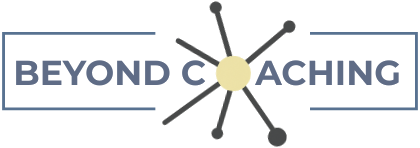Energy Blocking: A Time-Blocking Strategy That Works With (Not Against) Your Brain
Share:
I love to occasionally circle back to one of my favorite tools: energy blocking. And, it aligns well with last week’s newsletter on defining what a baseline successful day looks like...
Energy blocking is similar to time blocking—you still look at the blocks of time available in your day and assign activities to them. But the difference is: instead of organizing your “to-do” list by urgency or priority, you sort tasks into two categories, high energy and low energy.
Low energy tasks are the ones that don’t take much out of you. They don’t require a lot of energy. High energy tasks require more focus, effort, or emotional bandwidth. The important thing to recognize here—especially when you’re supporting neurodivergent employees—is that what kind of activities require low or high energy can vary significantly from person to person.
For example:
Making a few phone calls might be easy and low energy for you.
But for someone who’s autistic, those same calls might require a ton of effort and fall squarely into the high energy category.
So, now once you have your two lists, you can start assigning tasks to time blocks—but only after checking in with yourself.
A lot of productivity gurus say to tackle high-energy work in the morning. And maybe that works for you! But it’s important to pay attention to your actual energy rhythms. I’m a morning person, but sometimes my body and brain are too revved up to sit still and do high energy work. For example, writing requires a lot of mental energy from me. So I often save writing for the afternoon, when I feel calmer and more grounded. I've seen too many clients try to power through a high energy task just because their calendar tells them it's time when they would likely manage the task better by checking in with their body to see if this is the right time or not.
So, the question to ask yourself is:
“In this next block of time, do I have the energy to take on something hard? Or should I focus on something lower energy instead?”
This skill is especially useful for those neurodivergent folks, whose energy can fluctuate significantly from day to day—or even hour to hour. They might be laser-focused and knocking things out one minute… and totally wiped out the next.
Many neurotypical people can maintain a steady pace throughout the day or week. But not everyone’s energy works that way. It’s essential to understand that variability—especially if you’re leading a team.
Even if you’re neurotypical, give energy blocking a try. (Funny how strategies that support neurodivergent brains work well for lots of other people too.)
Ready to LEARN MORE?
Set your yourself up for success.
Neurodiversity Unboxed: Insights and Strategies for Inclusive Workplaces



